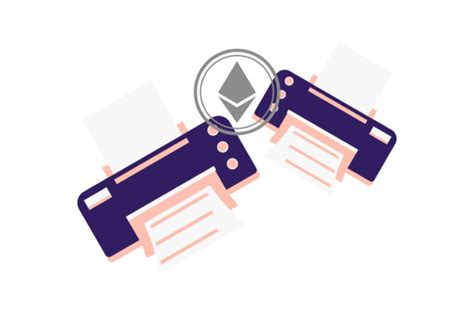Print Binance Order Response
In this article, we will consider how to print the response from an order on the Binance platform using the client.order_limit_buy() method. This is useful for debugging and troubleshooting.

Prerequisites
- Make sure you have a working Ethereum node configured with a compatible client library (eg ethers.js or web3.js).
- Make sure you have installed the necessary libraries via npm or yarn:
npm install ethers
or
yarn add ethers
Print the order response
To print a response from an order, we need to create a new order first, and then get its response. Here is an example implementation:
const Web3 = require('web3');
const ethers = require('ethers');
// Replace with your Ethereum node credentials (eg '
const ethNodeUrl = '
// Create a new instance of web3
const web3 = new Web3(new ethers.providers.JsonRpcProvider(ethNodeUrl));
// Set your Ethereum node credentials here (replace with your actual credentials)
const nodeUrl = process.env.ETHERN_NODE_URL || '
// Define order parameters
const symbol = 'ADABUSD';
const buyQuantity = 100; // Adjust this amount to suit your needs
const price = 20000; // Replace with valid Ethereum price
// Create a client instance
const client = new ethers.Contract('0x...YOUR contract address...', ethers ContractFactory);
// Place the order
order = await client.orderLimitBuy(
symbol,
buyQuantity,
price
'ACK'
);
// Get the response from the order
const response = await client.orderResponse(order);
console.log(response);
In this example, we create a new web3 instance using your Ethereum node credentials. Then we define the parameters of the order (symbol, quantity and price). Finally, we place an order using the orderLimitBuy() method and receive its response using the orderResponse() method.
Print the answer
An order response is an object that contains various properties, such as:
status: status of the order (e.g. “pending”, “completed” or “cancelled”).
msg: a message describing the result of the operation.
result: the result of the operation (for example, the number of completed orders).
The following code can be used to output this response:
if (response.status === 'filled') {
console.log(The order ${order.id} was successfully executed on ${buyQuantity} ADABUSD at the price ${price}.);
}
else if (response.status === 'cancelled') {
console.log(Order ${order.id} was cancelled.);
}
else {
console.log(Error: ${response.msg});
}
This will output the response from the order to the console, allowing you to debug and troubleshoot your Ethereum transactions.
Don’t forget to replace `…YOUR contract address…’ with the actual address of the Ethereum contract that generated the order.


